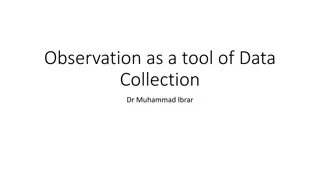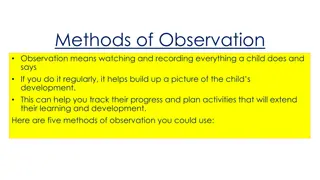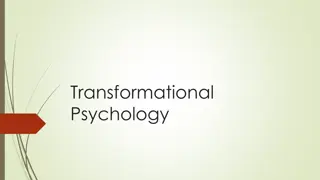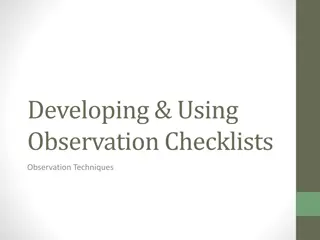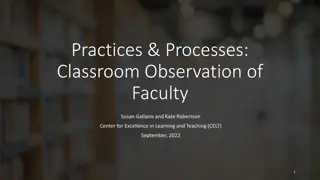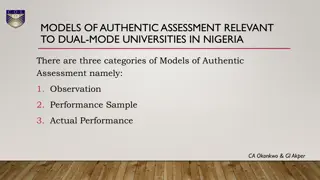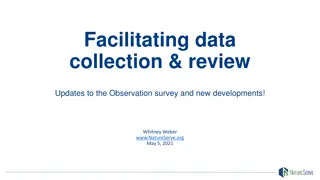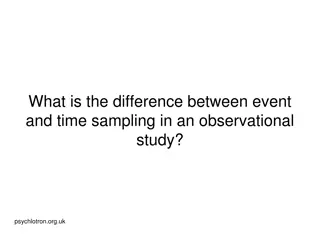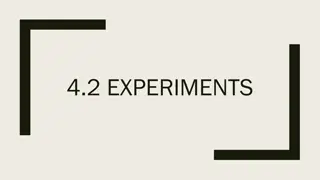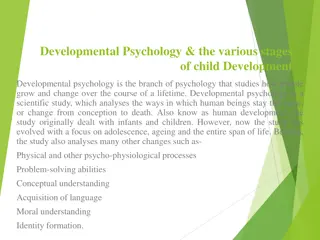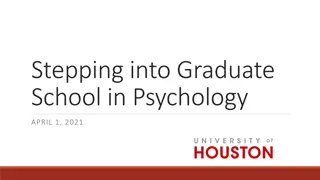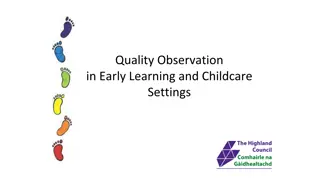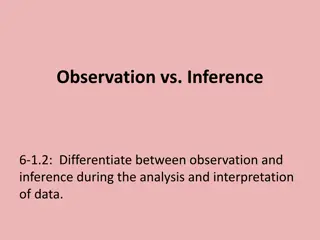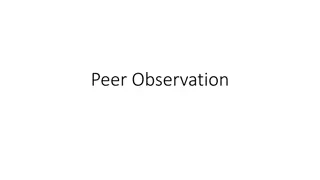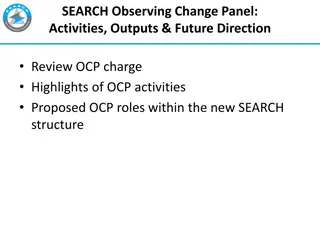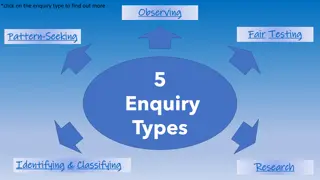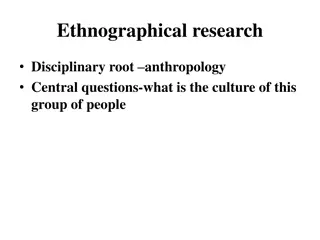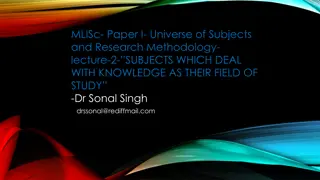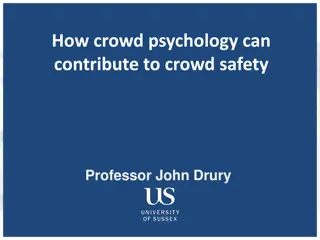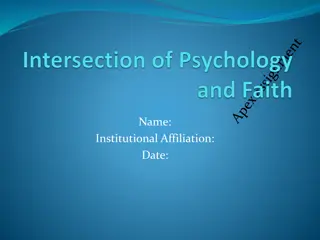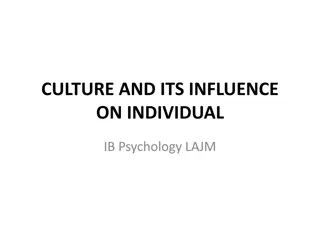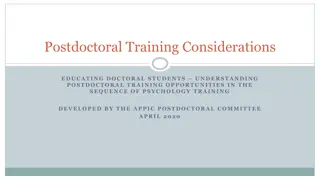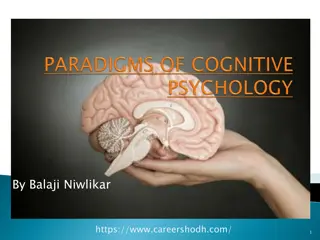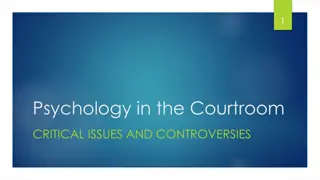Understanding Observation Methods in Psychology
Observation method in psychology involves looking outside oneself to observe the mental processes of others. It includes types such as participant and non-participant observation, structured and unstructured observation. Steps in the process include planning, execution, interpretation, and reporting. Observers should carefully interpret and report observations for research and evaluation purposes.
Download Presentation

Please find below an Image/Link to download the presentation.
The content on the website is provided AS IS for your information and personal use only. It may not be sold, licensed, or shared on other websites without obtaining consent from the author. Download presentation by click this link. If you encounter any issues during the download, it is possible that the publisher has removed the file from their server.
E N D
Presentation Transcript
OBSERVATION METHOD It literally means looking outside oneself where we observe the mental process of others. Overt behaviour is the manifestation of the covert on internal conditions within the individual The overt behaviour observed may be reflected in a form of bodily changes, gestures, facial appearances, speech and other actions.
Types of observation 1. Participant observation: Here the observer actually becomes an active participant establishing rapport with the individual, whose behaviour is to be observed. 2. Non-participant observation: The observer observe's behavioural characteristics of the children in their natural conditions where the person being observed is not aware of the observer's presence. specific
3. observer structure of behaviour which is fixed before the actual process of observation in context to the time, place and characteristics. 4. Unstructured observation: The time, place and behaviour to be observed are not fixed in advance. Children's behaviour, actions and reactions are observed in free, natural situations. Eg, Home, playground etc. Structured observation: a The observer's particular behavioural feelings, and real life
Steps of observation method 1. Planning for observation selection of target group aspects and behaviour to be observed length, time-intervals and place of observation Tools and techniques to be used for observation methods of interpretation 2. Execution of the observation Making adequate arrangements for the target group Making sound and physical conditions Observing meticulously the specific behaviour Taking notes of facts revealed instantly Using tape recorders, video camera's Making sure that the target group is ignorant and unaware of the fact that their behavior is being observed
3. Interpretation of the Observation: Here inferences are made by the observer on the basis of the facts and information about the causes and consequences. It should be done very carefully wing expertise and intuition of the observer 4. Reporting or generalisation of the observation: A comprehensive and complete report about the observation process is prepared in all respects for the purpose of supplying information to the target group and to the larger audience for research and evaluation purpose
Merits of Observation method It is widely used in child psychology, abnormal psychology and social psychology. It is widely used in getting significant results on developmental characteristics of children. It is the sole means of acquiring knowledge of other s mental processes for they cannot be directly introspected. It is a natural and normal way of knowing not only the external world but also the mind (i.e., both overt and covert) The teacher has ample opportunity to observe the behavior of the children in a number of natural situations such as classroom, playground etc.
Demerits of Observation method It is subjective and the observer may reveal biased information which could affect the accuracy of the observation process. Artificiality could be maintained by the person whose behavior is being observed i.e. hiding his original internal feelings, emotions etc. It requires highly trained and competent observers, which is generally not available. The overt behavior does not provide reliable information regarding the covert or internal behavior. It is subjected to two kinds of errors (1) sampling error occurs because of inadequacies of selecting suitable situation to be observed. (2) observers error may be due to knowledge and background of the situation to be observed.


